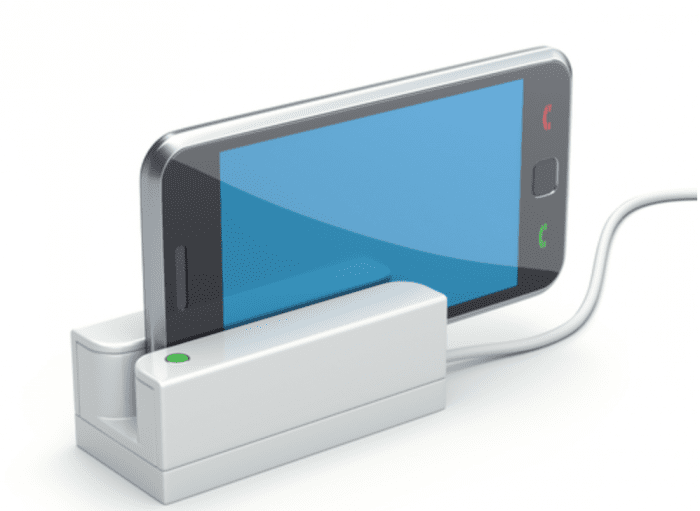Mobile payments are a huge opportunity for marketers. Here is why:
Mobile payments aren’t just a way to process credit and debit card payments; they can offer an inexpensive means to help you reach a wider customer base, and cultivate lasting relationships. Here are a few of the marketing advantages mobile transfers and communications can offer.
Mobile payments and promotions reach customers via the tools they use most often — cellphones and tablets.
When businesses send a letter via direct mail, or advertise in local media, there are a host of unknowns: Will the marketing piece reach the intended recipient? Will it be read? If it does get noticed, will it arrive when the customer wants to purchase what you’re promoting? Most importantly, will the prospect remember your business once he/she is ready to buy?
These variables can be a costly gamble, since they are virtually impossible to control. Mobile marketing campaigns, on the other hand, deliver messages right to the tools that customers have in tow, helping to prevent most of the aforementioned problems.

More than half of all Americans own a Smartphone (latest research shows 67%), and Bloomberg reports that people now spend more time looking at their cellphones than watching television. For many customers, a smartphone or tablet is the last thing they see before drifting to sleep, and the first thing they check in the morning. Mobile marketing messages empower businesses to target clients on the medium with which they’re already engaged.
Mobile campaigns increase the likelihood of message relevance
Direct marketing campaigns and printed advertisements and billboards require a marketer to invest in media space, creative development and production. There’s no guarantee, however, that the message will reach an interested audience.
By contrast, mobile marketing messages are inexpensive to develop, and can be highly targeted based on your inventory and sales goals, along with a customer’s past mobile purchase behavior. Prospects are less likely to receive irrelevant offers, which gives your business flexibility to tweak messaging or promotional campaigns as needed. With maximum cost efficiency, merchants can test and refine offers to determine which elements best drive results.
Increased exposure to new audiences
Customers often rely on friends and family — and even social media contacts they’ve never met — to help them make business decisions. Many mobile payment provider apps let merchants engage with customers on social media to reward them for sharing positive posts, or tagging the business location. This helps increase awareness of (and interest in) your brand.
Streamlined loyalty programs.
A study by IDC Financial Insights found that rewards programs are a primary factor that customers consider when choosing how to pay. Many mobile payment providers work in tandem with loyalty rewards programs so customers can automatically earn and redeem perks when they make a purchase.

Level the playing field with larger merchants
Small businesses aren’t just competing against one another for the customer’s attention; they’re competing against online retailers, and large, well-established brands. Regardless of what you sell or from where, mobile payments provide the same customer conveniences as larger merchants, including the ability to check out quickly with a debit or credit card, and — in some cases — a mobile wallet.
Businesses that accept mobile payments will optimize marketing expenses, and deepen long-term customer relationships.

Thanks to
Kristen Gramigna for sharing their advice and opinions in this post. Kristen is Chief Marketing Officer for
BluePay, a credit card processing firm. Follow her on Twitter at
@BluePay_CMO.





 Thanks to
Thanks to 


